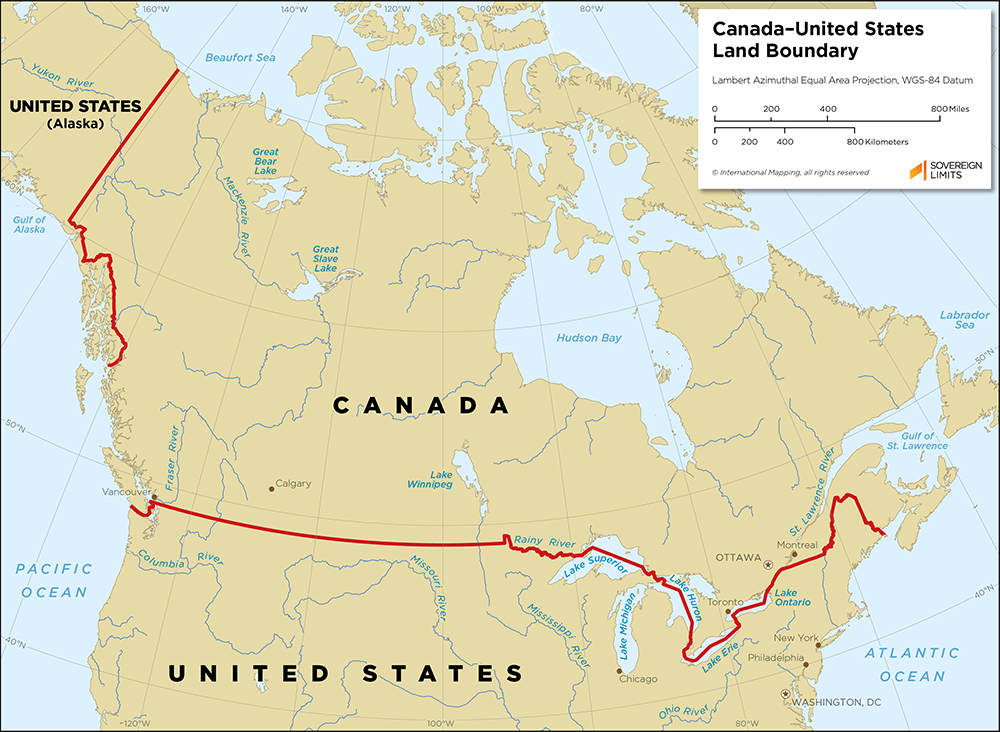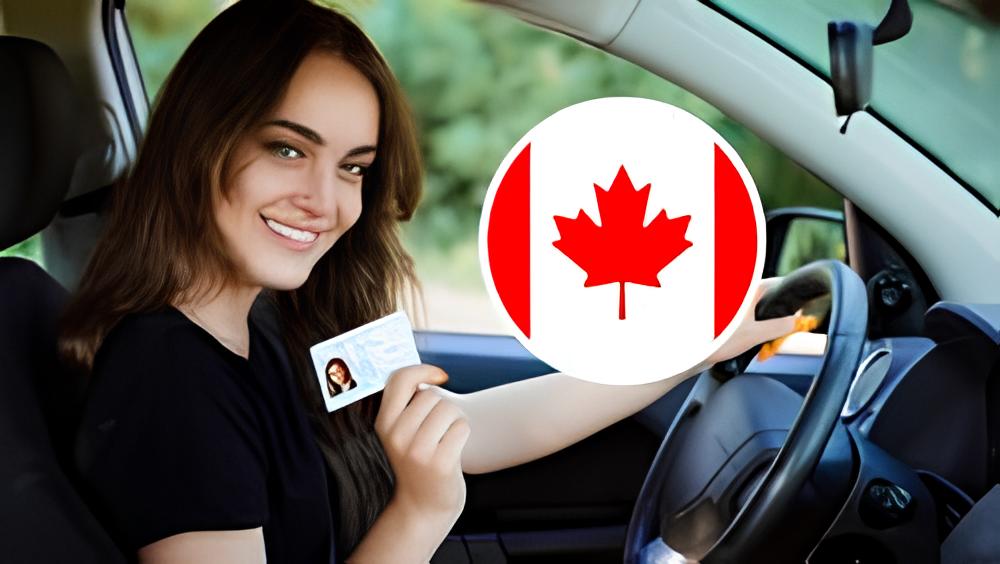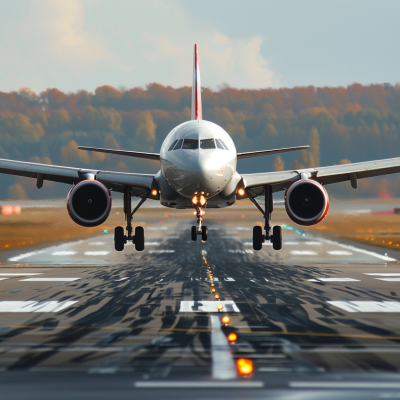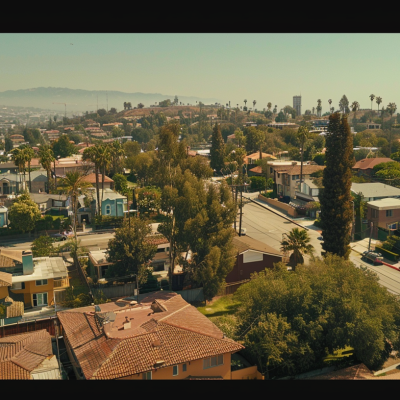Frustrated by the confusion surrounding enhanced licenses in Canada? You’re not alone.
Many Canadians find the process of obtaining an improved license daunting and complex.
The good news is that with the right guidance, getting your enhanced license doesn’t have to be a hassle.
This blog post will explain the step-by-step process for applying for an enhanced license in Canada.
This will make it easier for you to enjoy the benefits of smoother border crossings and improved security features.
Say goodbye to the stress and uncertainty of navigating the enhanced license application process on your own, and let us help you get your enhanced license quickly and easily.
Purpose of Enhanced Driver’s License (EDL)
An Enhanced Driver’s License (EDL) is a special driver’s license that allows Canadian citizens to cross U.S. borders by land or sea without needing a passport.
It serves as a convenient travel document, combining the functions of a standard driver’s license with proof of citizenship and identity.
Significance of Enhanced Driver’s License (EDL)
EDLs are particularly important for Canadian citizens who frequently travel to the United States by land or sea.
They offer a more convenient and cost-effective alternative to obtaining a passport, as they can be used for driving and border crossing purposes.
Additionally, EDLs have enhanced security features that help prevent fraud and protect the holder’s personal information.
Eligibility Criteria for Enhanced Driver’s License (EDL)
Applicants must meet specific citizenship, residency, and licensing criteria to apply for an enhanced driver’s license.
1. Canadian Citizenship
Only Canadian citizens are eligible for an EDL. Applicants must provide proof of citizenship, such as a birth certificate or citizenship card, during the application process.
This requirement ensures that EDLs are only issued to individuals with verified Canadian citizenship status.
2. Valid Provincial Driver’s License
Applicants must hold a valid driver’s license issued by their province of residence.
The exact type of license required may vary by province, but in most cases, a standard, non-provisional driver’s license is necessary.
It’s important to check their requirements with the specific provincial licensing authority.
3. Residency in The Issuing Province
EDL applicants must be residents of the province in which they are applying.
Proof of residency, such as utility bills or government-issued ID displaying the applicant’s current address, must be provided.
This requirement helps ensure the applicant genuinely connects to the issuing province.
Application Process of Enhanced Driver’s License (EDL)
Applying for an Enhanced Driver’s License (EDL) in Canada is straightforward and offers numerous benefits for frequent border crossers.
Following a few simple steps, you can obtain an EDL and enjoy its convenience and security when traveling to the United States by land or sea.
Step 1: Pre-application Preparation
Before applying for an EDL, gather essential documents that prove your Canadian citizenship, residency, and identity.
These may include your birth certificate, citizenship card, utility bills, or government-issued ID with your current address.
Be aware of the application fees associated with obtaining an EDL.
These fees may vary by province, and some jurisdictions might offer expedited processing for an additional charge.
Check with your local EDL issuing agency for the most up-to-date fee information.
Step 2: Booking an Appointment
In most provinces, you must book an appointment to submit your EDL application.
This can typically be done online through the relevant government website or by calling a designated phone number.
Have your driver’s license number handy, as it may be required to complete the booking process.
When booking your appointment, choose the appropriate ServiceOntario center or equivalent in your province.
Some provinces may have specific locations designated for EDL applications.
Use online locator tools, if available, to find the nearest center and check its hours of operation.
Step 3: Application Submission
Download and complete any necessary forms and questionnaires before your appointment.
These may include a citizenship questionnaire, personal information consent form, and entitlement to travel questionnaire.
Bring these completed forms and original proof of citizenship and identity documents to your appointment.
You’ll submit your completed forms and original documents for verification during your appointment.
The attendant will review your materials and may ask additional questions to confirm your eligibility.
This process typically takes around 15 minutes.
Step 4: Verification and Approval
Verification Process: The issuing agency will verify your citizenship and identity after submitting your application.
Depending on the province and potential complications, this process may involve additional background checks and can take several days to a few weeks.
Upon approval, you’ll be asked to pay the applicable fees using an accepted payment method, such as cash, credit card, or debit card.
You’ll also have your photo taken for your new EDL during this stage.
Post-Application Steps
Once your application is approved and processed, you’ll receive your new Enhanced Driver’s License in the mail.
During the waiting period, you may be issued a temporary license to use for driving purposes, but note that this temporary document is not valid for border crossing.
1. Receiving the EDL
In most cases, you can expect to receive your new EDL within 2-4 weeks of your application being approved.
However, processing times may vary depending on the issuing agency and the volume of applications they are handling.
2. Temporary License
If you’re issued a temporary license during the waiting period, remember that it is only valid for driving within your province and cannot be used to cross the U.S. border.
Continue to use your passport or other approved travel documents until your EDL arrives.
3. Using the EDL

Usage at Border Crossings: Present your EDL to the border control officer when crossing the U.S. border by land or sea.
They will scan the RFID chip embedded in the card to access your information and verify your identity quickly.
This process helps expedite border crossings and reduces wait times.
EDLs are equipped with RFID technology that allows border control officers to access your information quickly and securely.
The cards also feature enhanced security elements, such as machine-readable zones and barcodes, which help prevent fraud and protect your data.
Additional Considerations for EDL
Privacy and Security
The personal information linked to your EDL is stored in a secure government database.
Access to this data is restricted to authorized personnel, and strict privacy regulations are in place to safeguard your information.
When you receive your EDL, you’ll also get a protective sleeve that helps prevent unauthorized scanning of the RFID chip.
Always keep your EDL in this sleeve when not in use to maintain your privacy and security.
Renewal and Expiry
EDLs are typically valid for the same period as your provincial driver’s license.
To renew your EDL, follow your province’s standard license renewal process and pay any associated fees.
You may need to provide updated proof of citizenship and residency.
If your EDL is lost or stolen, contact your local police department immediately to file a report.
You must visit a designated EDL issuing center to apply for a replacement card. Be prepared to present identification and pay a replacement fee.
Consider updating your EDL’s associated address if you have recently moved to ensure the replacement is sent to the correct location.
Conclusion
Obtaining an Enhanced Driver’s License in Canada is simple and offers numerous benefits to frequent border crossers.
By gathering the necessary documents, booking an appointment, and submitting your application, you can soon enjoy the convenience and security of an EDL.
Remember to protect your personal information by keeping your EDL in its protective sleeve when not in use, and always report a lost or stolen EDL immediately.
As you embark on your cross-border travels, your EDL will be a reliable and efficient tool, making your journeys smoother and more enjoyable.
Don’t hesitate to take the first step towards enhancing your travel experience by applying for an EDL today.
Visit your local EDL issuing agency’s website or contact them directly to begin the application process and unlock the benefits of an Enhanced Driver’s License.
Frequently Asked Questions
Is an Enhanced License All You Need to Get Into Canada?
No, an enhanced license allows Canadian citizens to enter the United States by land or sea.
You’ll need a valid passport or other approved travel documents to enter Canada.
How Do I Know If I Have an Enhanced Driver’s License in Canada?
You can tell if you have an enhanced driver’s license in Canada by checking for the word “Enhanced” or a flag icon on the front of your license.
What Are the Stages of Driving Licence in Canada?
The stages of a Canadian driving license typically include a learner’s permit, a Probationary or novice license, and a Full license.
Each stage has specific requirements that vary by province.






